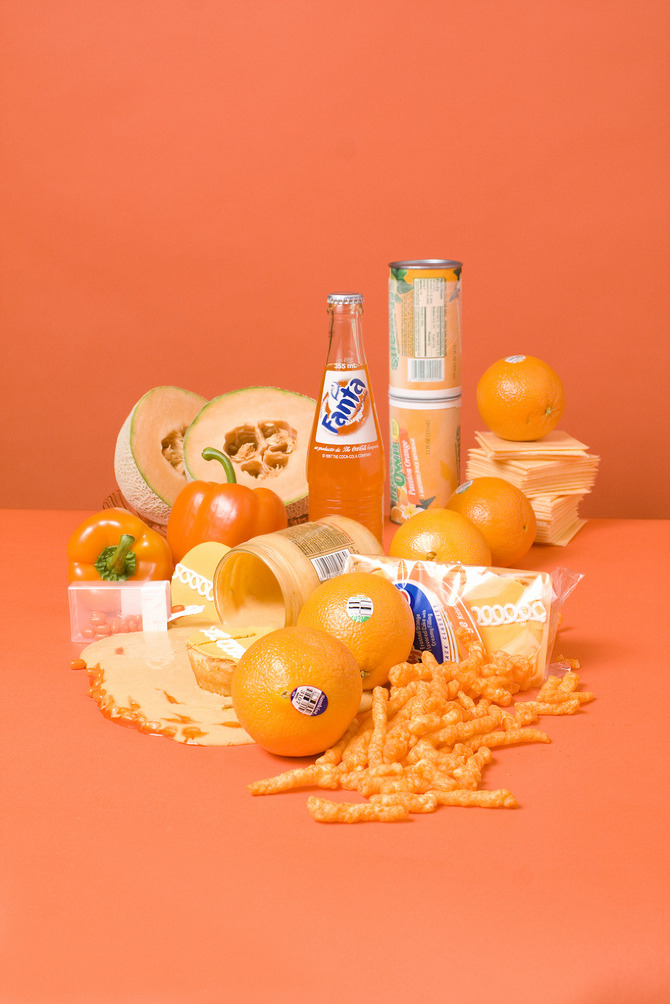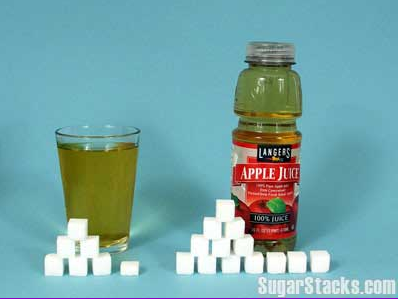You might have caught last night’s A Current Affair segment on the telly about sugar? I popped up as a sugar-quitting expert, along with my mate David Gillespie. However, I was used mostly as a voice of extremeness via some quotes I’ve made to ACA journalists previously, repackaged in rather extracted form. In particular, I was presented as being anti-fruit. You can catch the clip here.

A few people today have got outraged on my behalf (fired up that my quotes seemed to be placed out of context), or just outraged that I would diss fruit. I don’t tend to get upset by these kind of things. ACA presented an interesting take on the subject. And besides, how splendid! I now have a great opportunity to clear things up nice and crystal-like.
1. I eat fruit. One of the ACA grabs sees me listing the high-fructose fruits, as requested by the journalist at the time (during an interview a while back). I recommend eating the low-fructose fruits where possible: kiwi, berries, grapefruit and so on. If you’re doing my 8-week program, I advise cutting out fruit for 6 weeks. This is to break the sugar addiction and to recalibrate our bodies, just for that short period. I then, at the week-7 mark, invite everyone to reintroduce fruit and read how their bodies take to it.
2. I make the point over and over, based on the only comprehensive research I’ve found (by the American Heart Foundation):
we are only able to handle 6-9 teaspoons of sugar a day. Which is about the amount contained in 2-3 pieces of low-fructose fruit.
Many experts in this area – cardiologists, endocrinologists and nutritionists without vested interests in the sugar industry – confirm this amount as being appropriate. I personally find it’s the amount my body can handle before I start to feel the effects.
3. If fruit is your only source of fructose in a day, then 2-3 pieces of fruit is fantastic. If fruit is treated as a treat…which is how I was raised to eat it, and our parents and grandparents were raised to eat it…then bloody fantastic. But do you eat fruit as your treat? Do you eat fruit instead of chocolate or ice cream? Or as well as?
4. Know this: fruit today is MUCH sweeter than it was only two generations ago. They’re being bred this way because we want things sweeter.
5. Know this: fresh, whole fruit is fine. BUT:
Fruit juice is terrible stuff: it contains the same amount of sugar as coca-cola.
It doesn’t matter if it’s freshly squeezed or bottled. It’s the same stuff. Which is where my ACA quote comes in: our bodies don’t know the difference between fructose from Coke and fructose from apple juice. Sugar is sugar. Sure, apple juice has more vitamins and minerals and less toxins than soft drink. But we’re talking sugar. And so far as their impact on our metabolisms, liver, fat conversion and insulin levels go, the two drinks are as dangerous as each other.
ALSO:
Dried fruit is dire stuff: it’s 50-70 per cent sugar.
Again, sugar is sugar.
Sadly, so many people eat dried fruit and fruit juice thinking this is healthy. It’s not. Juice is a treat, as sugary as a Coke. A few dates are a treat, even MORE sugary than a Mars bar. I’m really not misleading Australia. I reckon the “health food industry”, who push fruit juice and dried fruit, are.
6. I choose to get those important vitamins and minerals – and fibre – from vegetables. We all have to be responsible for our sugar intake. Me, I’m aware I get a little sugar from other sources throughout the day – I sometimes like to have a few squares of dark chocolate, for instance – and so I keep my fruit intake to 1-2 pieces of fruit. I choose, instead, to eat a stack of vegetables. Most vegetables are more nutrient-dense than fruit.
Australian guidelines tell us to eat 5-7 serves of vegetables and fruit a day. I totally agree with this…but advise skewing things toward vegetables instead of fruit.
I suggest this breakdown for those on my program, once they’ve completed the first six weeks.
7. Dr Alan Barclay, the expert they use to debunk what David and I say, is an interesting expert. He’s the human nutrition manager at Diabetes Australia, NSW and media spokesperson for the Dieticians Association of Australia. But as David Gillespie highlighted last year in an article, he also represents the Glycemic Index Ltd (GIL) a mob who hand out a “tick”-like “GI” symbol to food companies who pay them to…hand them out a “GI” symbol. One such company is sugar giant CSR. Barclay was also involved in the launch of CSR’s new GI-ticked sugar in March. Hmmmm……!!!
It baffles many why a scientist or dietician would be so hell-bent on slamming people like me who argue we shouldn’t be eating so much sugar. It seems an odd thing to get fired up about if you’re engaged in nutrition, no? Unless there’s a vested interest…….?! I can pretty much name all such experts and dieticians who do the hell-bent media slam…they’re the same names wheeled out over and over…I’m guessing they stick their hands up for the gig…and all of them have sugar interest somewhere in the vault.
FYI: This is an interesting read about the mis-information that the “low-GI crew” spread.
8. Barclay calls it “nutritionism”. Cool. But David Gillespie and I are not claiming to be impartial scientists or doctors with no agenda. We both are really open: we were curious, we tried quitting sugar for ourselves, we read up on research around the world, and now we’re sharing the information and our personal experiences. We’re also open about the fact we sell books on the matter. I’ve not yet heard Barclay, or other nutritionists and experts who quietly get paid by various lobby groups or sugary food companies, disclose their side interests.
9. The important part of the ACA story, however, was the bit at the end, about soft drinks. This week, the Cancer Council, Diabetes Australia and the National Heart Foundation have joined forces to launch a television campaign geared at regulating soft drink marketing to kids and imposing higher taxes on soft drinks. The Rethink Sugary Drinks campaign is an Australian version of a US television ad in which a man sits at a bar eating 16 sachets of sugar, representing the amount of sugar in a 600ml bottle of soft drink.
You can watch the video here.
They’re an interesting trio behind the campaign. I’ve commented on the sugar-vested companies that sponsor these organisations before here. And so I guess I’m sitting back thinking, if I had to wade into the anti-sugar debate and didn’t want to get my feet too grubby, what would I do? I know! I’d target something that most people agree is bad – soft drink – which might just give me license to push more seductive messages later…like “sugar in moderation is OK”.
Regardless, it’s a worthwhile campaign, even if it just gets people visually aware of how much sugar is in soft drink. Step two is to get them aware that just as much is contained in fruit juice.
What do you think?




